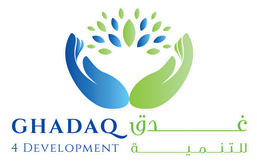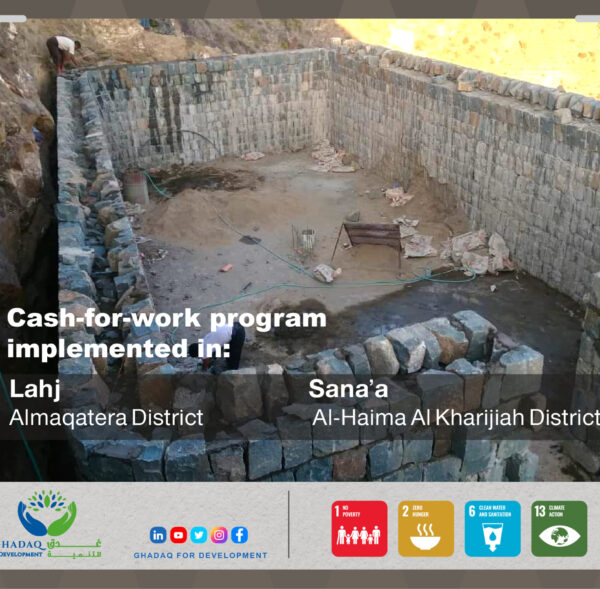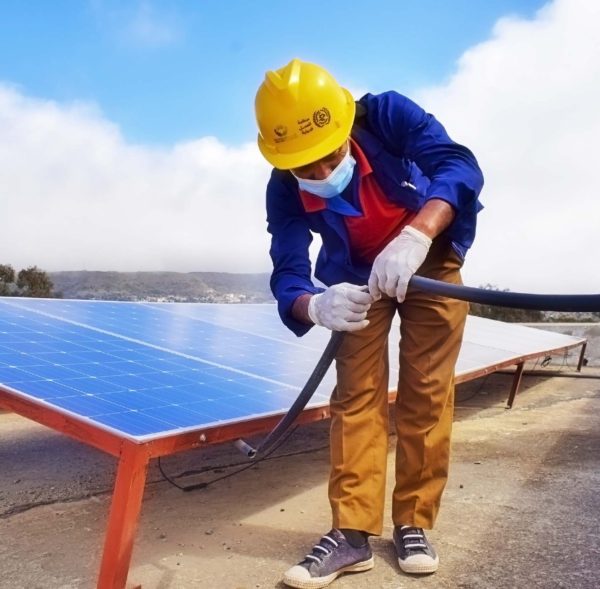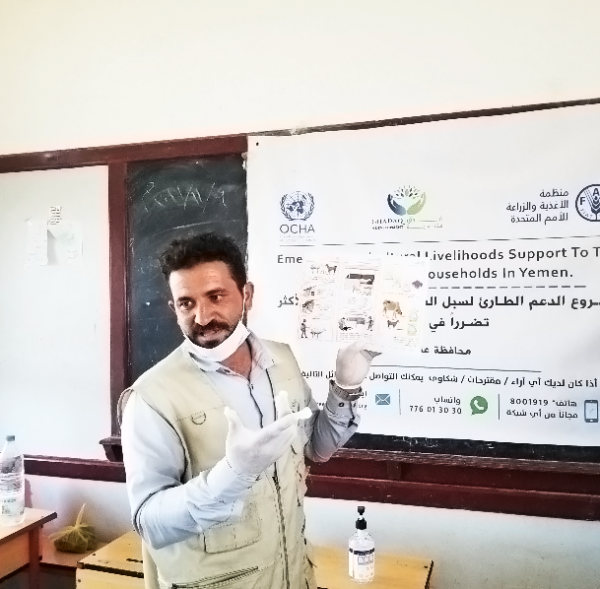Supporting youth and children affected by the worst types of employment

- April 17, 2022
- 12:06 pm
Project details
Full title of the project:
Supporting youth and children affected by the worst types of employment - Implementation of apprenticeship program in five high market demand- driven sectors and occupations.
Recipient:
Target areas:
Lahj Alhoutah and Tuban districts and Aden Dar sa’ad , Almansourah and Khour Makser districts
Donor:
Implementation:
From 27 /1/2020 To 27 /2/2021
Contribution:
Project code:
Objective:
Increased access to apprenticeship program by 198 vulnerable youth with building capacity of 70 Master craftsperson in five high market demand-driven sectors so as to enhance and facilitate meaningful and sustainable employment opportunities. In the following programs: Beauty therapy. Embroidery, cloth design and dress making. Solar panels installation, repair and maintenance. Mobile maintenance
Key partners:
International Labour Organization
Beneficiaries reached:
Beneficiaries reached Direct In direct Direct beneficiaries: 198 apprentices and 70 Craftsperson. In direct beneficiaries: 1386
Activities implemented:
Impact:
Main outcome:
198 vulnerable youth and children will have better access to improve sustainable income to support themselves and their families.
- Output1 :. CAAFAG and CAR are assisted in matching their skills/aspirations to labour market needs
- Output 2: CAAFAG and CAR acquire vocational skills through ILO upgraded informal apprenticeship system
- Output 3 :CAAFAG and CAR empowered to set up and run their own small businesses
Results:
- Increase family income, improve sustainable livelihood opportunities, and enhance social service delivery.
- Improving community livelihoods, productive assets, and food security to enhance resilience and self-reliance.
- Enhanced long-term food security for the selected beneficiary households.
- Develop beneficiaries’ knowledge and capabilities through skills training







